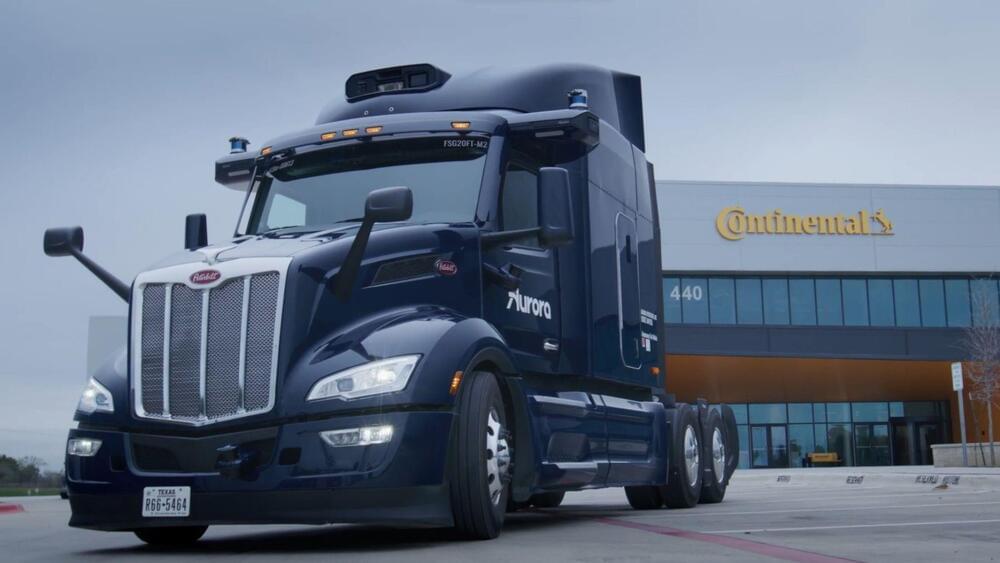Volkswagen is bringing back physical buttons and control switches to its new batch of cars after customer complaints.
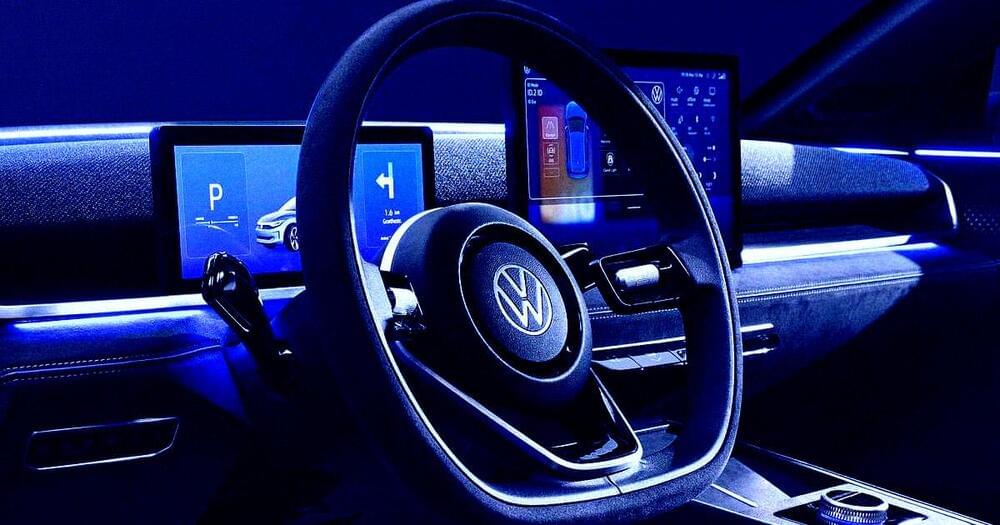

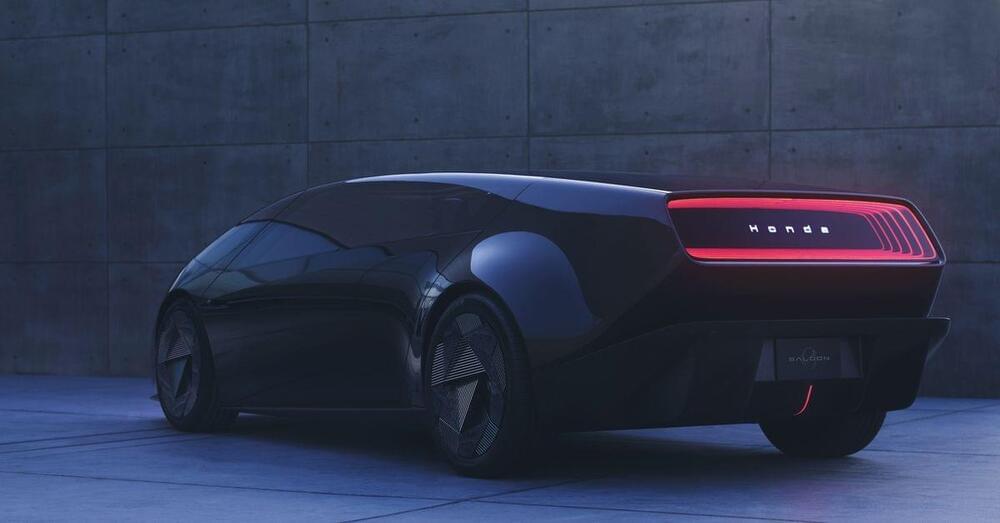
Honda Zero includes two concepts: the sleek, sedan-like Saloon, and a boxier big-booty van-thing called the Space-Hub.
Honda announced a new global electric vehicle series, dubbed Honda Zero, presenting it as an antidote to the recent trend of “thick, heavy” EVs seen on the road today.
Honda released two concepts for its new Honda Zero series.

There was a flurry of activity towards the end of the year as large corporations look to establish local HQs. Other firms that have recently received such licenses are Airbus SE, Oracle Corp. and Pfizer Inc.
Saudi Arabia announced the new rules for state contracts in February 2021, saying it wanted to limit ‘economic leakage’ — a term used by the government for state spending that can benefit firms that don’t have a substantial presence in the country.
A key part of Crown Prince Mohammed bin Salman’s economic agenda has been to limit some of the billions in spending by the government and Saudi citizens that leave the country each year. Government officials want to stop giving contracts to international firms who only fly executives in and out of the kingdom.
California-based startup Opener has been developing eVTOLs since 2011, when founder Marcus Leng flew a proof-of-concept aircraft that he had constructed himself (using wooden chopsticks as part of the build).
Startup Pivotal has unveiled the Helix eVTOL, a one-seater aircraft it plans to begin selling for $190,000 in 2024.
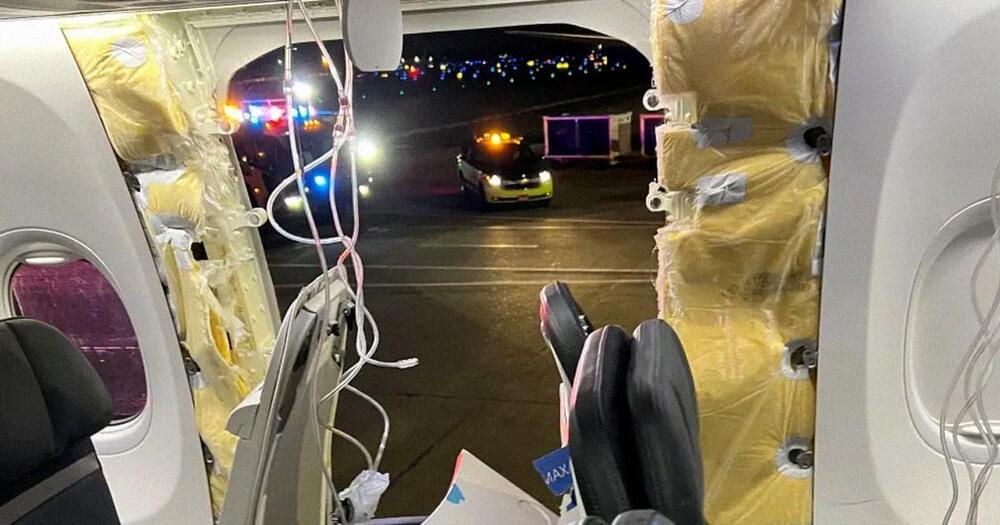
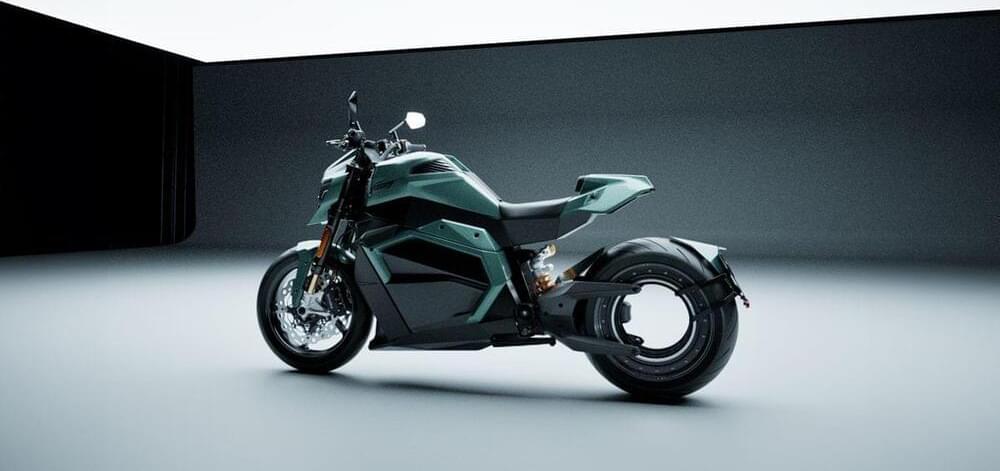
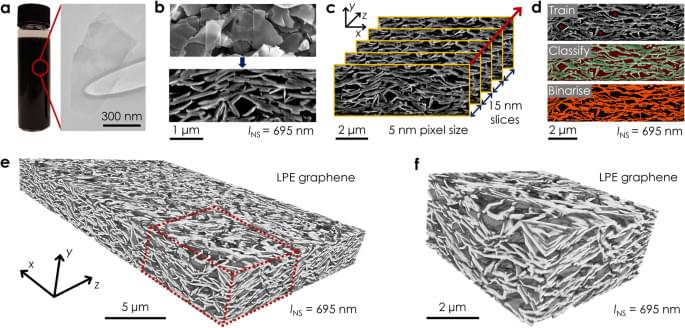
It is well-reported that solution-processed nanosheets tend to restack during deposition57. We determined the degree and nature of this restacking by measuring the nanosheet length and thickness in the ink (lNS, tNS) using AFM, as well as the aggregated nanosheet dimensions in the network (lNet, tNet) post-deposition. The restacked nanosheet length and thickness were measured from network cross-sections using the Ridge Detection plugin in FIJI50,58 (Fig. 2e, inset, and Supplementary Note 9). We define the aggregation factors in nanosheet length, χl, and thickness, χt, as \({\chi }_{{{{{\rm{l}}}}}}={l}_{{{{{\rm{Net}}}}}}/{l}_{{{{{\rm{NS}}}}}}\) and \({\chi }_{{{{{\rm{t}}}}}}={t}_{{{{{\rm{Net}}}}}}/{t}_{{{{{\rm{NS}}}}}}\) respectively. Values of χl ≈ 1.5 and χt ≈ 5.6 were found for the printed LPE graphene network in Fig. 2e. This is in agreement with a value of χt ≈ 5 reported for vacuum filtered WS2 networks59, and suggests that nanosheets primarily aggregate through vertical restacking with maximised basal plane overlap.
By isolating discrete nanoplatelets and noting their orientation (Fig. 2f, inset, and Supplementary Note 10)60, the distribution of angles, φ, between each nanoplatelet’s normal vector and the out-of-plane (y) direction was calculated. The data in Fig. 2f was fit with a Cauchy-Lorentz distribution centred on φC ≈ −0.6˚, which suggests the nanosheets are primarily aligned in the plane of the film. The full width at half maximum (FWHM) of the distribution provides an estimate of the degree of alignment about φc in the network61. The FWHM of (29 ± 1)˚ for the spray cast network in Fig. 2f is comparable to a value of 21˚ for an inkjet-printed graphene film measured using AFM. In addition, we measured the Hermans orientation factor62, \(S=\left(3\left\langle {\cos }^{2}\varphi \right\rangle-1\right)/2\), to be 0.61 ± 0.07 for the network, which is consistent with partial in-plane alignment. A value of S = 1 would imply the nanosheets are perfectly aligned in the plane of the film, while S = 0 for randomly oriented nanosheets. This is in broad agreement with a value of S = 0.79 for a vacuum filtered Ti3C2Tx nanosheet network measured using wide-angle X-ray scattering (WAXS)32.
The physical properties of 2D networks are known to scale with nanosheet size63,64. Here, we use FIB-SEM-NT to systematically study the morphology of printed LPE graphene networks for various nanosheet lengths, lNS. Size-selected inks were produced using liquid cascade centrifugation65, characterised by AFM (Fig. 3a) and spray-coated into networks. Reconstructed 3D volumes for networks of two different nanosheet sizes in Fig. 3b show noticeable changes in network morphology as lNS is decreased from 1,087 to 298 nm. Analysis reveals a clear decrease in network porosity from 51% to 39% with decreasing lNS (Fig. 3c), with a corresponding reduction in the characteristic pore size, ζ \(=\sqrt{A}\), in Fig. 3D. The pore circularity data similarly exhibits a dependence on lNS (Fig. 3e), where networks of smaller nanosheets have more circular and compact pore cross-sections. This implies that printed networks comprised of smaller nanosheets are more densely packed, which has been linked to improved charge transfer in graphene films66. Alternatively, networks of larger nanosheets are more open and porous, facilitating enhanced electrolyte infiltration and mass transport. Taken together, the data in Fig. 3c-e suggests that changing the nanosheet size offers a simple means to tailor the network porosity for a target application. FIB-SEM-NT can be used to inform this by measuring pore sizes that span from a few nanometres to microns.
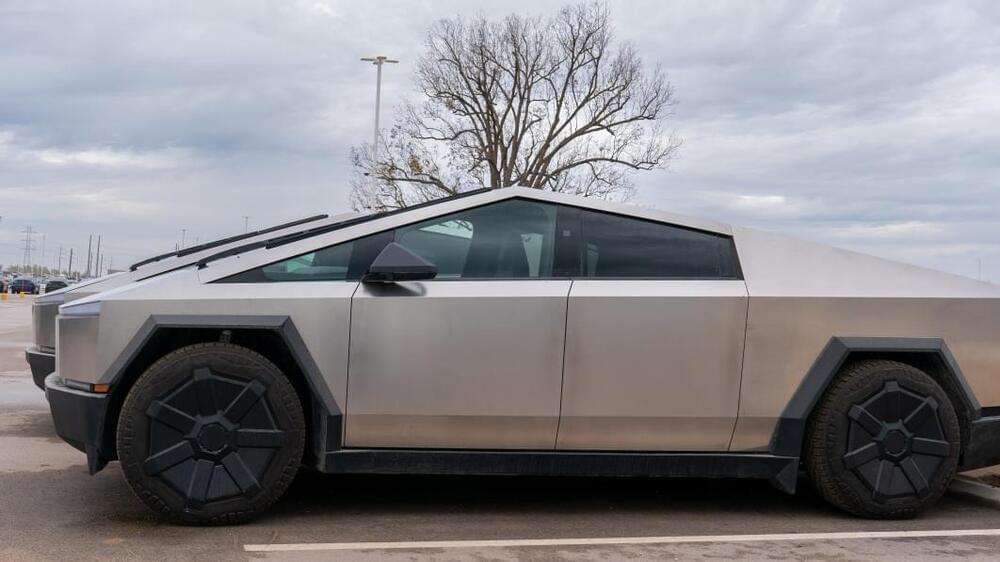
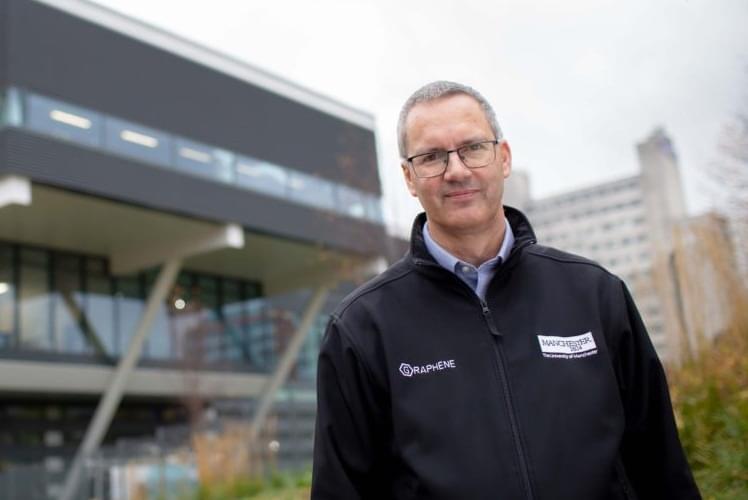
Unless it is augmented with graphene, watching concrete dry might not be the most thrilling activity. Graphene was initially isolated in 2004 by scientists at The University of Manchester and has become iconic in materials research, with applications ranging from energy storage and water filtering to transportation and construction, including concrete.
A new future for cement is being facilitated by graphene. Soon, everyone will have the option to select the color, texture, and features that they want very soon. More significantly, though, and even more so than its practicality and beauty, the increasing global sustainability movement is rekindling interest in the possibilities of concrete enriched with graphene.
The building sector is confronted with a plethora of obstacles in light of Net Zero aims, and a viable path toward progress could be through the extensive integration of cutting-edge materials. Cement production accounts for 8–10% of worldwide CO2 emissions, making it one of the industries with the largest carbon footprints.
